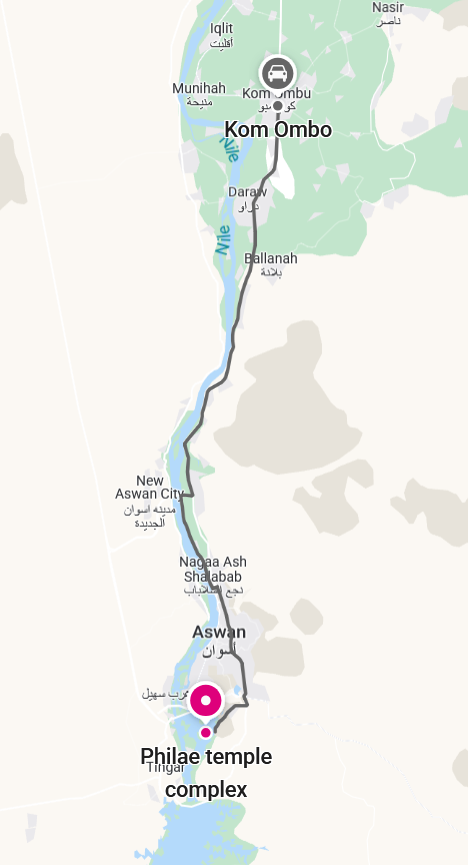About Philae
From early Egyptian times the island was sacred to the goddess Isis; the earliest structures known are those of Taharqa (reigned 690–664 BCE), the Cushite 25th-dynasty pharaoh. The Saites (664–525 BCE) built the earliest-known temple, found dismantled and reused in the Ptolemaic structures. Nectanebo II (Nekhtharehbe [reigned 360–343 BCE]), last pharaoh of the 30th dynasty and last independent native ruler of Egypt prior to 1952, added the present colonnade. The complex of structures of the Temple of Isis was completed by Ptolemy II Philadelphus (reigned 285–246 BCE) and his successor, Ptolemy III Euergetes (fl. 246–221 BCE). Its decorations, dating from the period of the later Ptolemies and of the Roman emperors Augustus and Tiberius (30 BCE–37 CE), were, however, never completed. The Roman emperor Hadrian (reigned 117–138 CE) added a gate west of the complex. Other small temples or shrines dedicated to Egyptian deities include a temple to Imhotep and one to Hathor, as well as chapels to Osiris, Horus, and Nephthys.
www.britannica.com























